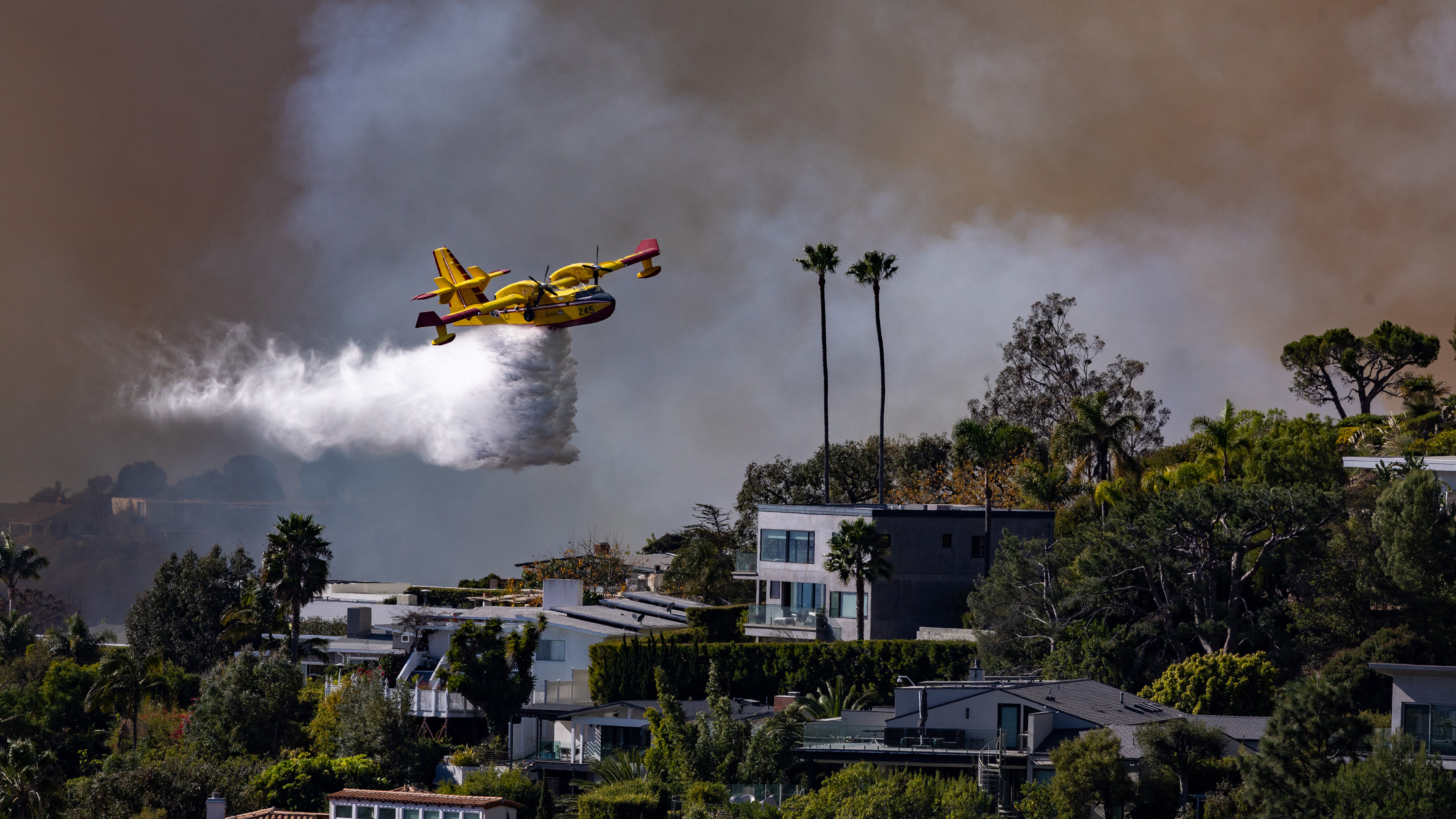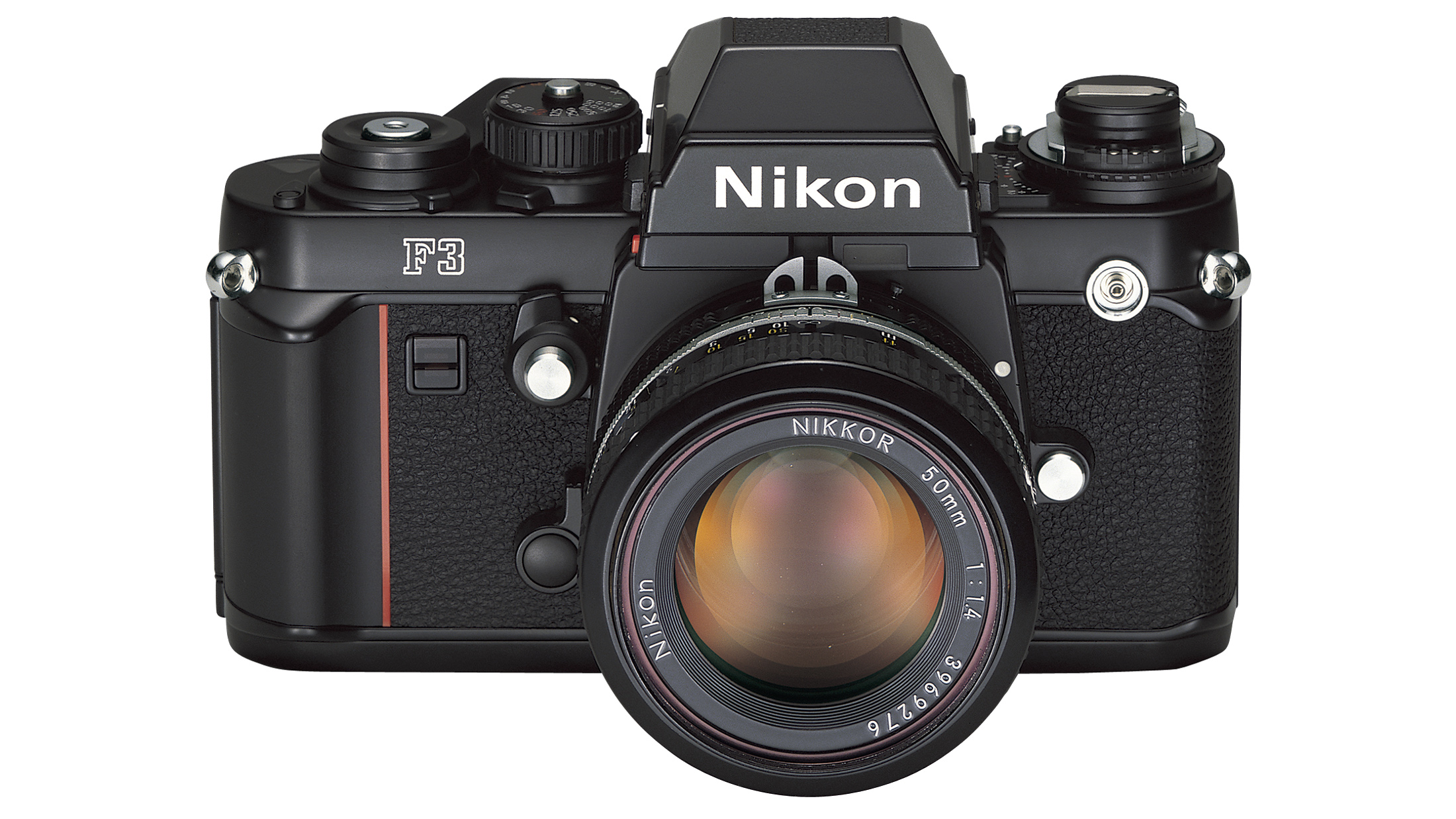Drone crash at the Palisades fire highlights the potentially devastating consequences of ignoring flight restrictions
While the firefighting plane landed safely, the crash hindered firefighting efforts

The aftermath of the wildfire in the Palisades neighborhood of Los Angeles has filled my social media feeds with horrible images and video of mass destruction – but one attempt to capture the ruin has instead hindered firefighting efforts. A crash with a civilian drone has put one firefighting plane out of commission, the Federal Aviation Administration said.
While the plane and its pilot were able to land safely after the collision, the damaged Canadair CL-415 Super Scooper was one less available resource in the fight against the wildfires. The plane was capable of dropping around 1,600 gallons of water in a single go, making about 6 such drops in an hour.
The fire has claimed at least 9 lives and damaged more than 9,000 structures, according to the Los Angeles Times, but began showing signs of easing on Friday.
The crash illustrates the potentially devastating consequences that can happen when drone pilots fly over wildfires. The FFA has issued a temporary flight restriction banning drone flights over the area.
“Flying a drone near a wildfire is dangerous and can cost lives,” the FAA said in a statement. “When people fly drones near wildfires, fire response agencies often ground their aircraft to avoid the potential for a midair collision. Delaying airborne response poses a threat to firefighters on the ground, residents, and property in nearby communities, and it can allow wildfires to grow larger.”
As a drone pilot myself, I understand that itch to get the shot. Aerial images and videos in particular can show the scale of the devastation that content captured from the ground can’t properly illustrate.
But no photograph is worth potentially hindering the rescue efforts during a natural disaster. Perhaps the drone pilot thought that it would be flying low enough not to interfere with the firefighting efforts but, unlike passenger planes, such scooper planes have more erratic flight patterns and fly low to gather water and drop it over the fire.
Get the Digital Camera World Newsletter
The best camera deals, reviews, product advice, and unmissable photography news, direct to your inbox!
Yes, photographs of natural disasters can be historic and eye-opening for those that cannot witness the devastation firsthand. The footage coming out of the Palisades area is likely rallying nationwide support for those affected by the wildfires. But such footage should be left to professional pilots with FAA approval.
The FAA has a waiver process that allows certified pilots, who are first responders or members of the media, to fly during a temporary flight restriction if it is safe to do so. During a natural disaster, pilots need to stay grounded and leave the airspace for the first responders unless a waiver is approved. In a statement, the FAA said that it had not authorized anyone outside of the firefighting efforts to fly in the area.
Hobbyist pilots can and should use the B4UFly app to check for any temporary flight restrictions before flying. The consequences could be severe for the first responders efforts – and the FAA says such disruptions to firefighting could have pilots facing up to 12 months in prison and up to $75,000 in fines (which converts to about £61,400 / AU$121,800).
You may also like
Read up on our top picks for the best camera drones or brush up on drone rules and regulations.

With more than a decade of experience reviewing and writing about cameras and technology, Hillary K. Grigonis leads the US coverage for Digital Camera World. Her work has appeared in Business Insider, Digital Trends, Pocket-lint, Rangefinder, The Phoblographer and more.
